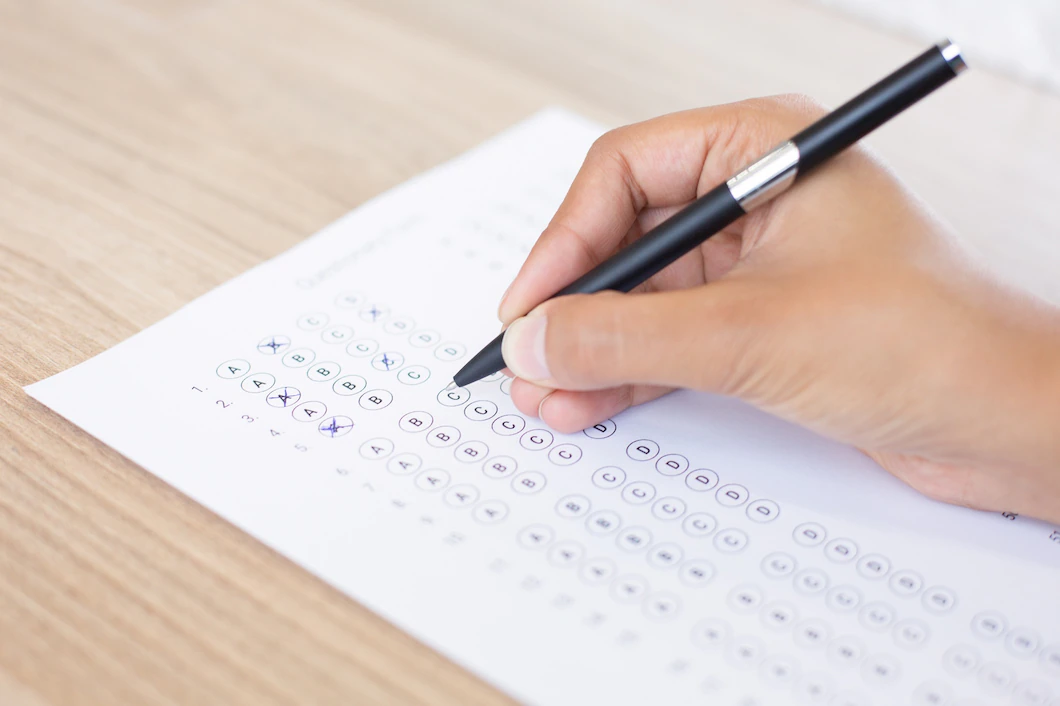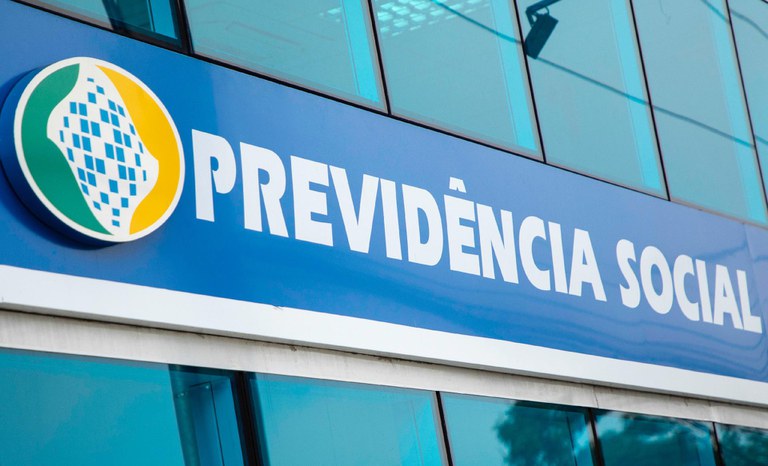Predefinição:PBB A distrofina é uma proteína do complexo distrofina-glicoproteínas que liga o citoesqueleto da fibra muscular à matriz extracelular, através da membrana celular.
A deficiência nesta proteína é a causa primária de um dos mais graves tipos de distrofia muscular. Foi primeiramente identificada por Louis Kunkel, em 1987, a seguir à descoberta do gene mutante causador da distrofia muscular de Duchenne.
A distrofina é produzido pelo maior gene conhecido até à data, medindo 2,5 Mb (0,1% do genoma humano). O locus genético é Xp21 e possui 79 exões, produzindo um mRNA de 14,6 Kb e uma proteína com mais de 3.500 resíduos de aminoácidos.
Interacções
Foi demonstrada a interacção da distrofina com beta-1-sintrofina,[1] alfa-1-sintrofina[2][3][4] e alfa-distrobrevina.[5]
Leitura adicional
- Roberts RG, Gardner RJ, Bobrow M (1994). «Searching for the 1 in 2,400,000: a review of dystrophin gene point mutations». Hum. Mutat. 4 (1): 1–11. PMID 7951253. doi:10.1002/humu.1380040102
- Tinsley JM, Blake DJ, Zuellig RA, Davies KE (1994). «Increasing complexity of the dystrophin-associated protein complex». Proc. Natl. Acad. Sci. U.S.A. 91 (18): 8307–13. PMC 44595
 . PMID 8078878. doi:10.1073/pnas.91.18.8307
. PMID 8078878. doi:10.1073/pnas.91.18.8307 - Blake DJ, Weir A, Newey SE, Davies KE (2002). «Function and genetics of dystrophin and dystrophin-related proteins in muscle». Physiol. Rev. 82 (2): 291–329. PMID 11917091. doi:10.1152/physrev.00028.2001
- Röper K, Gregory SL, Brown NH (2003). «The 'spectraplakins': cytoskeletal giants with characteristics of both spectrin and plakin families». J. Cell. Sci. 115 (Pt 22): 4215–25. PMID 12376554. doi:10.1242/jcs.00157
- Muntoni F, Torelli S, Ferlini A (2003). «Dystrophin and mutations: one gene, several proteins, multiple phenotypes». Lancet neurology. 2 (12): 731–40. PMID 14636778. doi:10.1016/S1474-4422(03)00585-4
- Haenggi T, Fritschy JM (2006). «Role of dystrophin and utrophin for assembly and function of the dystrophin glycoprotein complex in non-muscle tissue». Cell. Mol. Life Sci. 63 (14): 1614–31. PMID 16710609. doi:10.1007/s00018-005-5461-0
Referências
- ↑ Ahn, A H; Kunkel L M (1995). «Syntrophin binds to an alternatively spliced exon of dystrophin». UNITED STATES. J. Cell Biol. 128 (3): 363–71. ISSN 0021-9525. PMC 2120343
 . PMID 7844150. doi:10.1083/jcb.128.3.363
. PMID 7844150. doi:10.1083/jcb.128.3.363
- ↑ Ahn, A H; Freener C A, Gussoni E, Yoshida M, Ozawa E, Kunkel L M (1996). «The three human syntrophin genes are expressed in diverse tissues, have distinct chromosomal locations, and each bind to dystrophin and its relatives». UNITED STATES. J. Biol. Chem. 271 (5): 2724–30. ISSN 0021-9258. PMID 8576247. doi:10.1074/jbc.271.5.2724
- ↑ Yang, B; Jung D, Rafael J A, Chamberlain J S, Campbell K P (1995). «Identification of alpha-syntrophin binding to syntrophin triplet, dystrophin, nNOS NOS1 ,and utrophin». UNITED STATES. J. Biol. Chem. 270 (10): 4975–8. ISSN 0021-9258. PMID 7890602. doi:10.1074/jbc.270.10.4975
- ↑ Gee, S H; Madhavan R, Levinson S R, Caldwell J H, Sealock R, Froehner S C (1998). «Interaction of muscle and brain sodium channels with multiple members of the syntrophin family of dystrophin-associated proteins». UNITED STATES. J. Neurosci. 18 (1): 128–37. ISSN 0270-6474. PMID 9412493
- ↑ Sadoulet-Puccio, H M; Rajala M, Kunkel L M (1997). «Dystrobrevin and dystrophin: an interaction through coiled-coil motifs». UNITED STATES. Proc. Natl. Acad. Sci. U.S.A. 94 (23): 12413–8. ISSN 0027-8424. PMC 24974
 . PMID 9356463. doi:10.1073/pnas.94.23.12413
. PMID 9356463. doi:10.1073/pnas.94.23.12413
Ligações externas
- (em inglês) Informação sobre o gene da distrofina - NCBI
- (em inglês) Informação sobre a distrofina - UniProt/SwissProt
- (em inglês) OMIM 300377




 " class="attachment-atbs-s-4_3 size-atbs-s-4_3 wp-post-image" alt="O que estudar para o enem 2023">
" class="attachment-atbs-s-4_3 size-atbs-s-4_3 wp-post-image" alt="O que estudar para o enem 2023"> " class="attachment-atbs-s-4_3 size-atbs-s-4_3 wp-post-image" alt="Qual melhor curso para fazer em 2023">
" class="attachment-atbs-s-4_3 size-atbs-s-4_3 wp-post-image" alt="Qual melhor curso para fazer em 2023"> " class="attachment-atbs-s-4_3 size-atbs-s-4_3 wp-post-image" alt="Enem: Conteúdos E Aulas On-Line São Opção Para Os Estudantes">
" class="attachment-atbs-s-4_3 size-atbs-s-4_3 wp-post-image" alt="Enem: Conteúdos E Aulas On-Line São Opção Para Os Estudantes"> " class="attachment-atbs-s-4_3 size-atbs-s-4_3 wp-post-image" alt="Como Fazer Uma Carta De Apresentação">
" class="attachment-atbs-s-4_3 size-atbs-s-4_3 wp-post-image" alt="Como Fazer Uma Carta De Apresentação"> " class="attachment-atbs-s-4_3 size-atbs-s-4_3 wp-post-image" alt="Como Escrever Uma Boa Redação">
" class="attachment-atbs-s-4_3 size-atbs-s-4_3 wp-post-image" alt="Como Escrever Uma Boa Redação"> " class="attachment-atbs-s-4_3 size-atbs-s-4_3 wp-post-image" alt="Concurso INSS edital 2022 publicado">
" class="attachment-atbs-s-4_3 size-atbs-s-4_3 wp-post-image" alt="Concurso INSS edital 2022 publicado">


